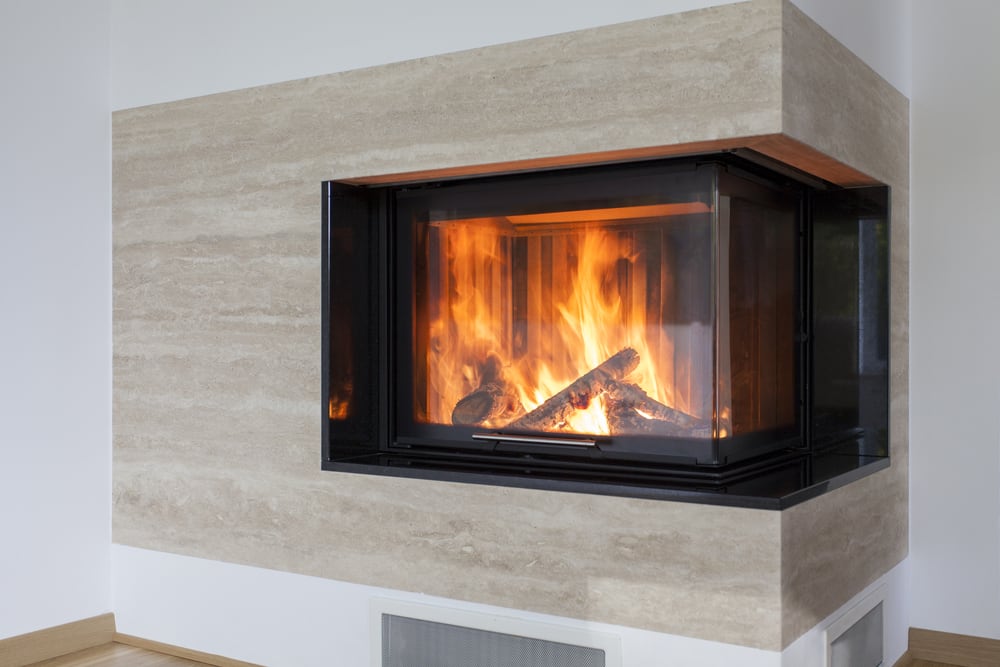Fire Resistant Glazed Glass
Fire-rated glass plays a critical role in building safety systems, offering protection against fire, smoke, and radiant heat. Let’s delve into the different types of fire-rated glass and their applications:
E-Type Fire-Rated Glass:
Integrity Only: E-type glass prevents flames and hot gases from passing through but does not insulate against heat transfer.
Composition: Typically, a single pane of tempered or wired glass.
Applications:
Interior partitions: Used to separate different sections or rooms while allowing light transmission.
Fire doors: Suitable for fire-rated doors in commercial buildings, maintaining visibility and light transmission.
EW-Type Fire-Rated Glass:
Integrity, Insulation, and Radiant Heat Protection: This type of glass is designed in a way to withstand radiant heat transfer, protecting adjacent areas from heat damage.
Composition: Multiple glass layers with enhanced thermal insulation interlayers.
Applications:
Industrial settings: Used where radiant heat exposure risk is high (e.g., power plants, factories).
Hazardous areas: Protects storage rooms for flammable materials or server rooms from heat transfer.
Remember that proper installation and compliance with fire safety regulations are essential for effective fire-rated glass performance.
EI-Type Fire-Rated Glass:
Integrity and Insulation: EI-type glass provides both integrity and insulation against heat transfer.
Structure: Consists of multiple layers of glass with fire-resistant interlayers (e.g., intumescent material or gel).
Applications:
Exterior facades: Commonly used in building exteriors, balancing fire protection, insulation, and natural light transmission.
Stairwells and escape routes: Ideal for protecting individuals during evacuation and preventing fire spread.

